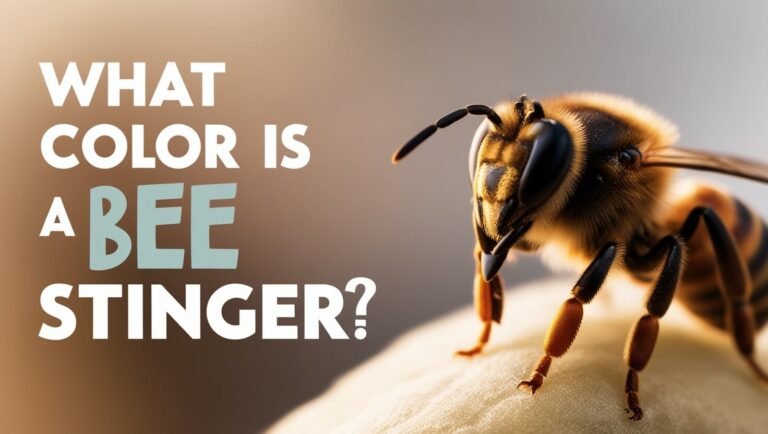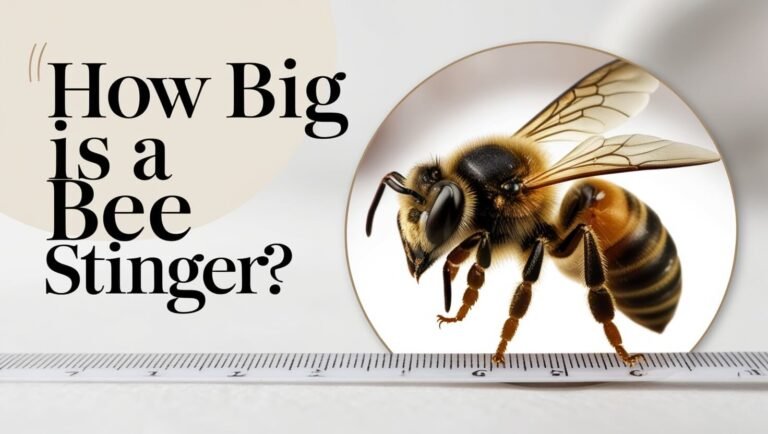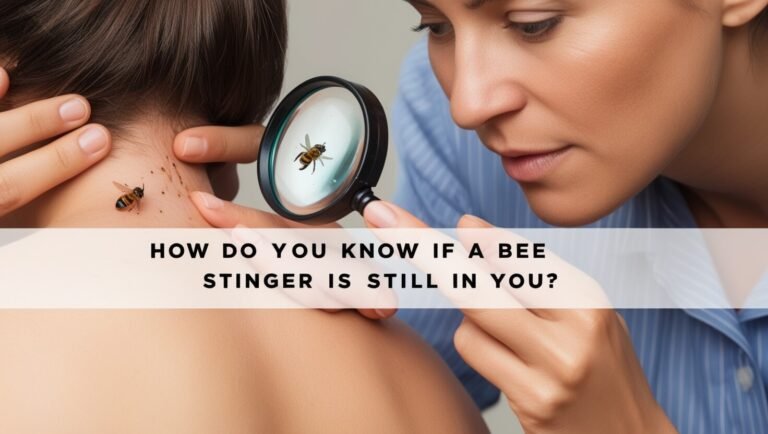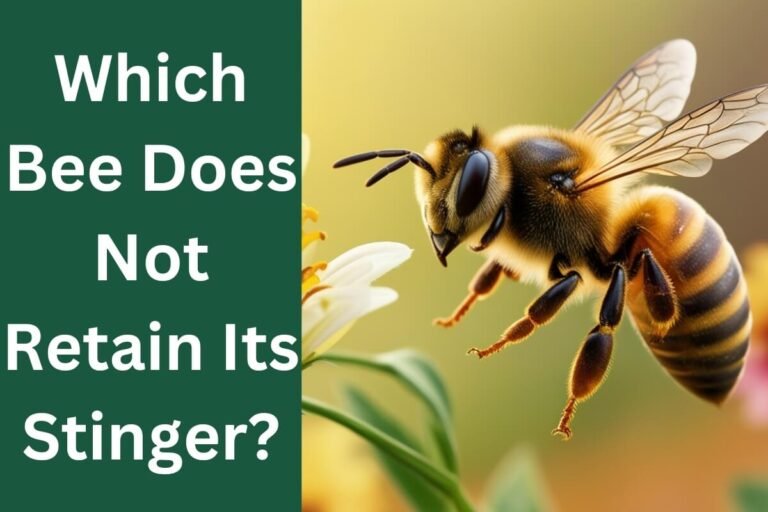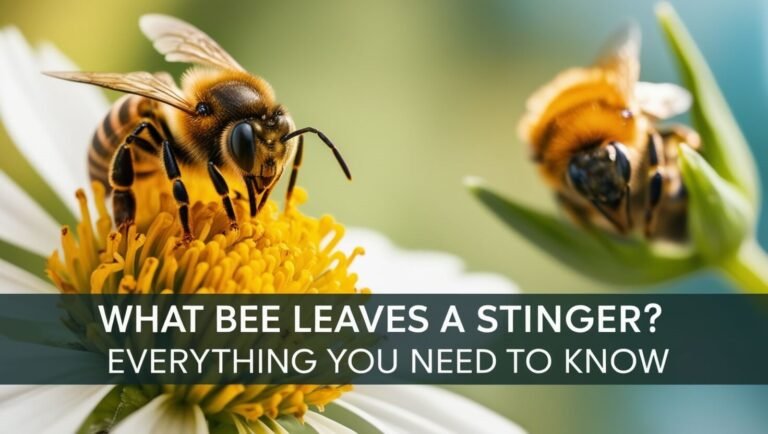What Bees Don’t Have Stingers? Exploring the Stingless Bee Species
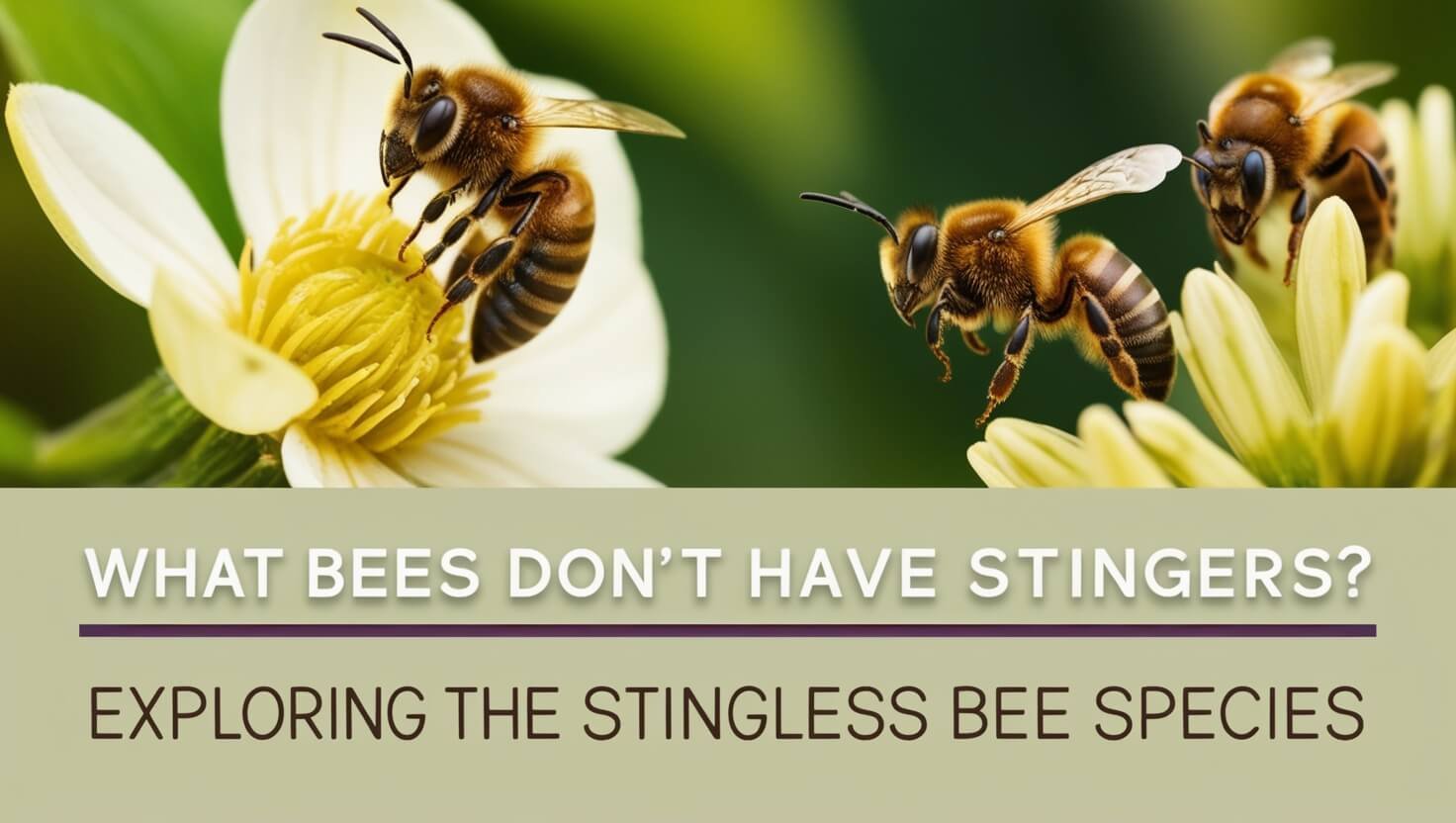
Bees are often associated with their ability to sting, but did you know that not all bees are equipped with this defensive mechanism? In fact, there are several species of bees that are completely stingless, making them a fascinating and often overlooked group of pollinators. In this comprehensive article, we’ll dive into the world of bees without stingers, exploring their unique characteristics, behaviors, and the important role they play in our ecosystems.
The Anatomy of Stingers
To understand which bees lack stingers, it’s important to first explore the anatomy of a bee’s stinger. The stinger is a modified ovipositor, an organ that female bees use to lay their eggs. Over time, this structure has evolved to serve as a defensive mechanism, allowing bees to protect their hive and colony from potential threats.
Male Bees: Stinger-Free
One of the most notable groups of bees without stingers are the males, or drones, of any bee species. Male bees, such as those found in honeybee and bumblebee colonies, do not possess the necessary anatomical structure to have a functional stinger. Their role within the hive is focused on mating with the queen, rather than defending the colony.
Stingless Bees: A Diverse Group
Another group of bees that are entirely stingless are the members of the Meliponini tribe, also known as stingless bees or meliponines. These bees are found in tropical and subtropical regions around the world, with over 500 identified species. While they do have a structure that resembles a stinger, it is too small and underdeveloped to be used effectively as a defensive weapon.
Characteristics of Stingless Bees
Stingless bees are a fascinating group of insects with several unique characteristics that set them apart from their stinging counterparts.
Nest Structure
One of the most distinctive features of stingless bees is the way they construct their nests. Instead of the familiar hexagonal honeycomb structure of honeybees, stingless bees build their nests in a spiral pattern, often utilizing existing cavities such as hollow tree trunks or crevices. This spiral design allows for efficient air circulation within the hive, which is crucial for maintaining the proper temperature and humidity levels for the colony.
Social Organization
Although stingless bees are considered social insects, their colony structure is quite different from that of honeybees. Stingless bee colonies typically have a much higher ratio of workers to the queen, often exceeding 1,000:1. This allows the queen to focus solely on egg-laying, while the workers handle the day-to-day tasks of the hive, such as foraging, nest maintenance, and defense.
Defense Mechanisms
Without the ability to sting, stingless bees have evolved alternative ways to defend their colonies. Some species, such as the sugarbag bee (Tetragonula carbonaria), have a sticky resin coating on their legs that they can use to immobilize potential intruders. Others, like the Austroplebeia australis, have powerful mandibles that they can use to deliver painful bites.
Types of Stingless Bees
While the Meliponini tribe is the largest group of stingless bees, there are several other species and families that also lack functional stingers.
Sugarbag Bees
The sugarbag bee, or Tetragonula Carbonaria, is one of the most well-known stingless bee species. Native to parts of Australia, these bees are known for their unique spiral-shaped hives and their honey, which has a distinctive floral flavor.
Stingless Bees in the Americas
In the Americas, several genera of stingless bees can be found, including Melipona, Scaptotrigona, and Trigona. These bees play a crucial role in pollinating a wide variety of native plant species, making them an essential part of the local ecosystem.
Stingless Bees in Africa and Asia
Africa and Asia are also home to a diverse array of stingless bee species. In Africa, the Meliponula genus is particularly well-represented, with species like the Congolese stingless bee (Meliponula bocandei) and the Ethiopian stingless bee (Meliponula ferruginea). In Asia, the Austrotrigona genus is found in countries like Indonesia and Malaysia.
The Importance of Stingless Bees
Despite their lack of stingers, stingless bees are incredibly important pollinators and play a vital role in maintaining the health of ecosystems around the world.
Pollination Services
Stingless bees, like their stinging counterparts, are excellent pollinators. They visit a wide variety of flowering plants, collecting nectar and pollen, and inadvertently transferring pollen between flowers as they move from plant to plant. This pollination service is essential for the reproduction of many plant species, contributing to the overall biodiversity and productivity of the ecosystem.
Honey Production
In addition to their pollination services, stingless bees are also known for their honey production. While the honey produced by stingless bees may have a higher water content and a more pronounced floral flavor than that of honeybees, it is still highly valued for its unique taste and potential health benefits.
Ecological Indicators
Stingless bees are often used as indicators of the overall health of an ecosystem. Because they are sensitive to environmental changes and disturbances, the presence or absence of certain stingless bee species can provide valuable insights into the state of the local environment.
Threats to Stingless Bees
Despite their importance, stingless bees face a variety of threats that can put their populations at risk.
Habitat Loss
One of the primary threats to stingless bees is the loss and fragmentation of their natural habitats. As urban and agricultural development continues to encroach on natural areas, stingless bees are often left without the resources they need to thrive, such as nesting sites and diverse floral resources.
Pesticide Use
The widespread use of pesticides, especially in agricultural settings, can have a devastating impact on stingless bee populations. These chemicals can not only directly harm the bees, but can also disrupt the delicate balance of the ecosystem, reducing the availability of the nectar and pollen that stingless bees rely on.
Climate Change
As the climate continues to change, stingless bees may face additional challenges, such as changes in the flowering patterns of the plants they pollinate or shifts in their natural ranges. Adapting to these changes can be particularly difficult for stingless bees, which are often highly specialized in their foraging and nesting behavior.
Conservation Efforts
Given the critical role that stingless bees play in our ecosystems, there has been a growing focus on conservation efforts to protect these unique pollinators.
Promoting Stingless Beekeeping
One of the ways that researchers and conservationists are working to protect stingless bees is by promoting the practice of stingless beekeeping. By providing managed hives for stingless bee species, people can help to ensure the long-term survival of these important pollinators, while also benefiting from the honey and other hive products they produce.
Habitat Restoration
Another key aspect of stingless bee conservation is the restoration and protection of their natural habitats. This may involve planting native flowering plants, creating wildlife corridors, and limiting the use of pesticides in areas where stingless bees are known to thrive.
Research and Monitoring
Ongoing research and monitoring of stingless bee populations is also essential for developing effective conservation strategies. By better understanding the biology, behavior, and ecological roles of these bees, scientists can work to develop targeted interventions to support their continued survival.
Let’s Wind UP
In the vast and diverse world of bees, there are numerous fascinating species that lack the characteristic stinger. From the male bees of all species to the specialized stingless bees of the Meliponini tribe, these pollinators play a vital role in the health and function of ecosystems around the globe. By learning more about these unique bees and the threats they face, we can work to ensure that they continue to thrive for generations to come.

